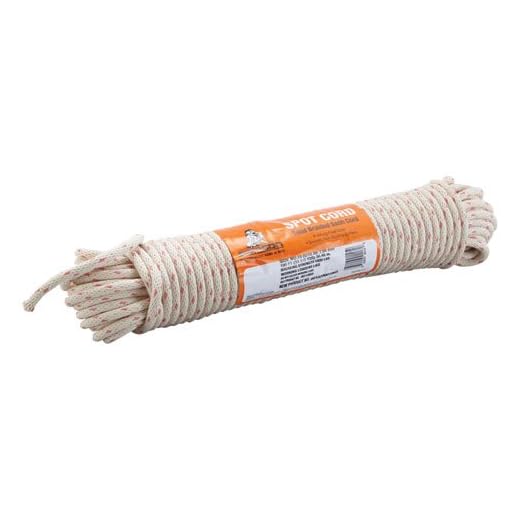
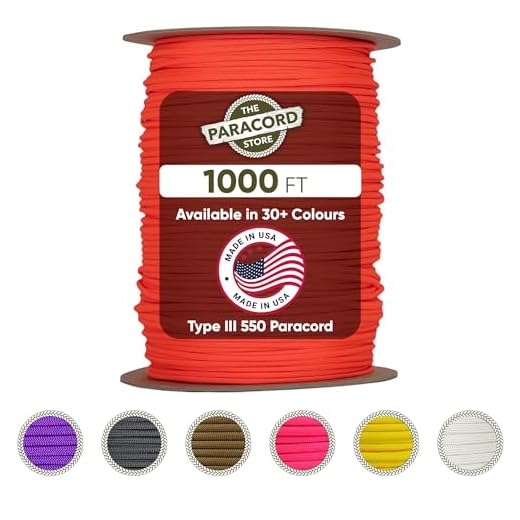
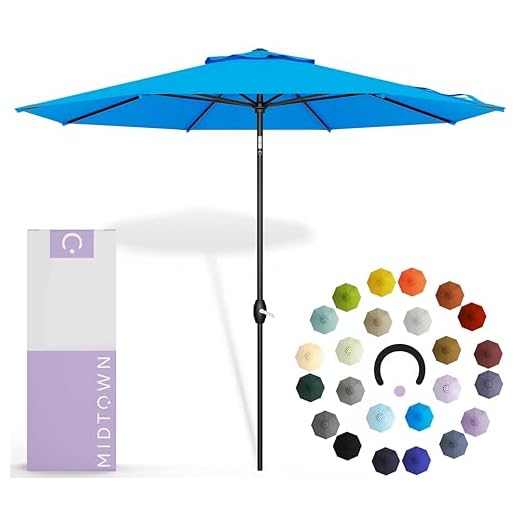
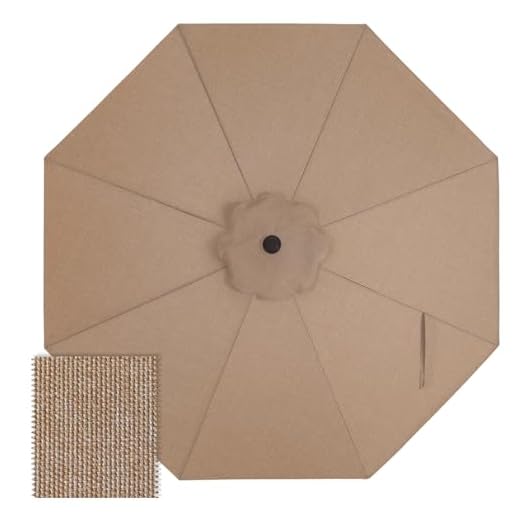
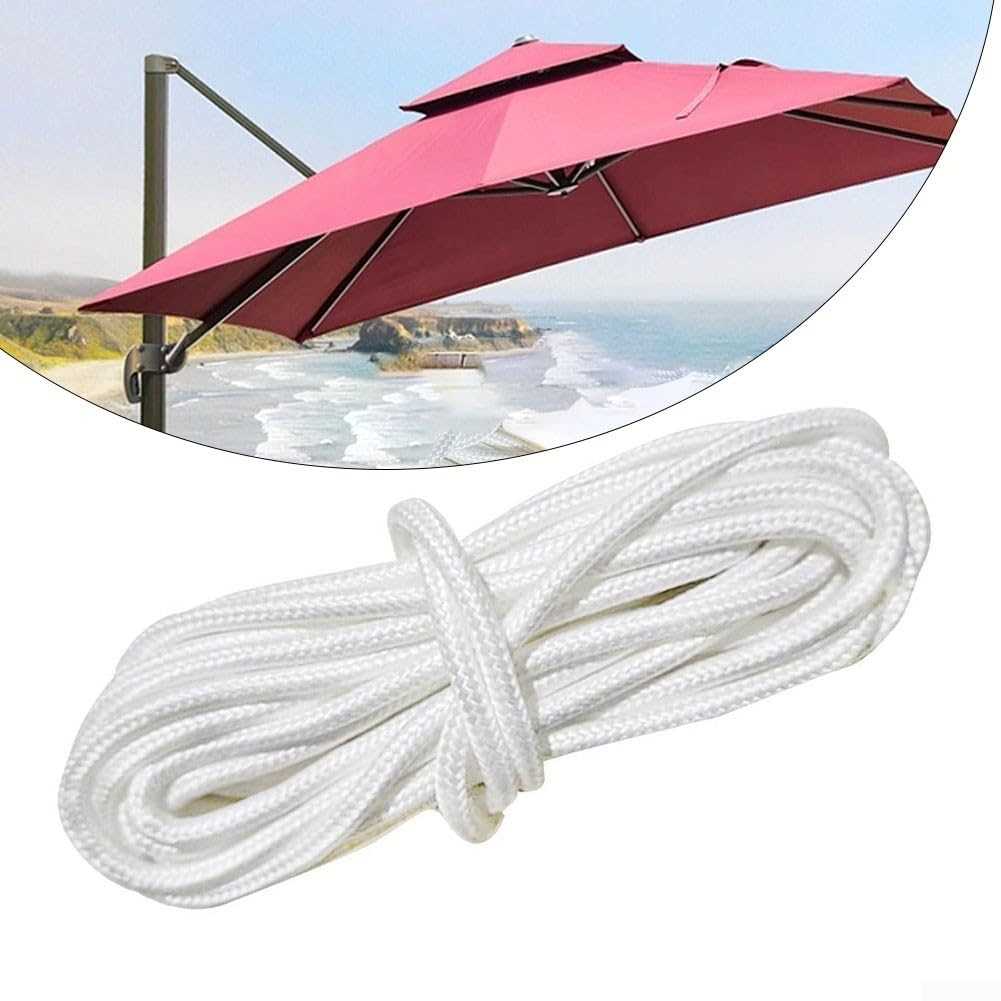
For a reliable and durable solution, consider using high-strength polyester for your canopy’s replacement string. This material offers exceptional resistance to fraying and UV damage, ensuring longevity even in outdoor conditions.
This article is tailored for those who want to maintain or repair their outdoor canopies, whether for personal use or professional settings. Homeowners, event planners, and camping enthusiasts will find valuable insights on selecting the right materials to ensure their canopies remain functional and aesthetically pleasing.
We will cover various types of strings available on the market, compare their features, and provide recommendations based on different usage scenarios. Expect to learn about the ideal thickness, tensile strength, and weather resistance, along with tips on installation for optimal performance.
Best Material to Replace Your Canopy’s String
For those looking to repair the mechanism of their canopy, selecting the right material is paramount. A robust and durable choice will ensure longevity and resistance against various weather conditions. Consider using polyester or nylon, as both provide excellent strength and flexibility.
Polyester is known for its resistance to UV rays, ensuring that the material does not degrade quickly under sunlight exposure. On the other hand, nylon offers superior elasticity, making it ideal for applications where some stretch is beneficial. Both materials can withstand moisture, but treating them with a waterproof coating can enhance their performance.
Factors to Consider
- Thickness: A thicker string will typically provide better durability but may be more challenging to work with. Balance is key.
- Weight: Lightweight materials are easier to handle and may reduce the overall weight of the canopy.
- Color: Choosing a color that matches or complements the canopy can enhance aesthetic appeal.
When replacing the string, ensure that the new material fits properly within the existing hardware. It’s advisable to check the compatibility of the chosen material with your specific type of canopy structure.
Lastly, proper installation techniques should be employed to avoid future issues. Knotting the ends securely and ensuring that the tension is evenly distributed will prolong the life of the replacement string. Regular maintenance checks will help in identifying any wear and tear early on.
Choosing the Right Material for Umbrella Cords
When selecting a material for the cords of your canopy, prioritize durability and resistance to weather conditions. Common choices include nylon and polyester, both known for their strength and longevity. These materials withstand tension and provide reliable support, ensuring the structure remains intact during use.
Additionally, consider the thickness of the material, as this affects the overall performance. Thicker options tend to offer greater strength, while thinner varieties may be more flexible and lightweight. Assess your specific needs, taking into account factors such as wind exposure and frequency of use.
Material Characteristics
- Nylon: Highly durable, resistant to abrasion and UV rays, making it suitable for outdoor conditions.
- Polyester: Offers similar benefits to nylon, with excellent resistance to fading and moisture.
- Natural Fibers: While less common, materials like cotton can provide a classic look but may not withstand harsh weather.
Ultimately, the right choice depends on the specific environment and usage scenarios. Evaluate the advantages of each material type to ensure optimal performance and longevity of your canopy’s support system.
Leading Brands for Umbrella Stringing Materials
For reliable and durable materials to replace the strings in your canopy, specific manufacturers have proven their worth over time. Their products are known for quality, longevity, and resistance to wear and tear. Selecting a brand recognized for its commitment to excellence can significantly enhance the performance of your outdoor shelter.
Many manufacturers offer materials designed to withstand various weather conditions, ensuring your protection remains intact. Look for options that provide UV resistance and water repellency to maintain functionality and appearance over extended periods. The right choice can lead to an extended lifespan of your outdoor equipment.
Features to Consider
- Durability: The materials should withstand various environmental factors without fraying or breaking.
- Weather Resistance: Look for products that can endure sun exposure and moisture.
- Ease of Use: Simplicity in installation is key for a smooth replacement process.
Researching brands that prioritize these features will help in making an informed decision. High-quality materials can prevent frequent replacements and ensure a reliable experience during outdoor activities.
Step-by-Step Guide to Restring Your Umbrella
To restore functionality to your canopy, gather the necessary materials: a replacement line, scissors, and a needle. Begin by removing the damaged string from the frame carefully, ensuring not to harm the structure.
Next, thread the new line through the needle. This will facilitate easy weaving through the ribs. Follow the existing path of the old string as a guide, ensuring tightness during the process. Maintain an even tension to avoid any slack, which could affect the canopy’s performance.
Steps to Follow
- Remove the broken line entirely from the frame.
- Cut a new section of string, ensuring it’s slightly longer than the original.
- Thread the new line through the needle.
- Start at the top of the canopy and weave the line through the ribs following the previous path.
- Secure the ends with a knot, ensuring it’s tight enough to hold under pressure.
- Test the mechanism by opening and closing the structure to ensure smooth movement.
After completing these steps, inspect the connections for any signs of weakness or improper alignment. Regular maintenance can prolong the lifespan of your shelter.
In case of any issues, consider consulting a manual or instructional video for visual guidance. This can provide additional insights on specific techniques or adjustments needed for your model.
Common Mistakes When Restringing Canopies
One prevalent error is using the wrong type of material for the replacement line. Each kind of canopy requires specific thickness and flexibility to ensure proper functionality. Using a material that is too thick can lead to difficulties in opening or closing, while a line that is too thin may not withstand tension and could snap easily.
Another common mistake is neglecting to measure the existing line before removal. Failing to take accurate measurements can result in cutting a new piece that is either too short or excessively long, complicating the reinstallation process. Always ensure to measure the length and thickness of the original string to avoid these issues.
Additional Errors to Avoid
- Improper knot tying: Using complicated knots may lead to the line slipping out or coming undone. Simple knots should be used for security.
- Insufficient tension: Not applying enough tension can cause the fabric to sag or not hold up properly during use.
- Ignoring the frame condition: Before re-threading, check for any damage to the ribs or frame that could affect the overall structure.
- Skipping lubrication: Applying a small amount of lubricant to moving parts can enhance performance and longevity.
By avoiding these mistakes, you can ensure a more successful process when replacing the line for your canopy. Attention to detail will enhance durability and usability.
Maintenance Tips for Prolonging Cord Lifespan
Regular inspection is key to ensuring long-lasting performance. Check for signs of fraying, knots, or wear, as these can compromise structural integrity. If any damage is detected, replace the line promptly to avoid further issues.
Proper storage plays a significant role in maintaining the quality of the material. When not in use, avoid leaving it exposed to direct sunlight or extreme weather conditions, as UV rays and moisture can degrade the fibers over time. Instead, store it in a cool, dry place.
Cleaning and Care
Maintaining cleanliness helps to extend the lifespan. Use a mild soap solution to clean the line, rinsing thoroughly to remove any residue. After washing, allow it to air dry completely before storage to prevent mold and mildew.
Additionally, avoid putting excessive tension on the material during use. This can lead to stretching and weakening. Instead, use the correct tension settings based on the application to ensure optimal performance.
Lastly, consider periodic reconditioning with specialized sprays or treatments designed for enhancing durability. These products can provide an extra layer of protection against environmental factors.
Comparative Analysis of Different Cord Thicknesses
Choosing the right thickness for the stringing material can significantly impact durability and performance. Thicker materials generally provide more strength and resistance to wear, while thinner options may offer greater flexibility and ease of handling.
When evaluating various thicknesses, consider the specific requirements of your project, including the expected stress levels and environmental factors. The following points summarize the main differences:
- Thick Materials:
- Higher tensile strength
- Increased durability against abrasion
- Better performance in windy conditions
- Thin Materials:
- Enhanced flexibility for easier manipulation
- Less weight, reducing strain on the structure
- More suitable for delicate frameworks
In conclusion, the appropriate thickness depends on the intended use and environmental conditions. For robust applications, thicker materials are recommended, while thinner options may be favorable for lighter, more flexible designs. Assessing the specific needs can lead to optimal performance and longevity.
Best cord to restring umbrella
Features
| Part Number | 872550 |
| Model | 872550 |
Features
| Part Number | SM001-#8-100 |
| Color | Natural |
| Size | #8 (1/4") x 100 ft. Hank |
Features
| Part Number | TPS550NEOR1000 |
| Model | Spool |
| Color | Neon Orange |
| Size | 1,000 Ft. Spool |
Features
| Part Number | 8-LN-BLK-TER-COBA-A-FBA3 |
| Color | Terylast Fabric - Cobalt |
| Size | 8 Foot |
Features
| Part Number | 9FT Umbrella Canopy Khaki |
| Model | 9FT Umbrella Canopy Khaki |
| Color | Khaki |
| Size | 9FT |
Features
| Part Number | carport cover |
| Model | carport cover |
| Color | Gray |
| Size | 10x20 grey |
Features
| Part Number | WWJYJKUK |
| Model | WWJYJKUK |
| Color | Steering Bracket |
| Size | One Size |
Video:
FAQ:
What type of cord is best for restringing an umbrella?
When restringing an umbrella, it is advisable to use a cord that is durable and weather-resistant. High-quality nylon or polyester cords are often recommended because they are strong, flexible, and can withstand exposure to the elements. Look for cords that have a thickness of around 2-3 mm, as this provides a good balance between strength and flexibility. Additionally, a braided cord can offer extra durability, making it less likely to fray or break over time.
How do I know the right length of cord to use for my umbrella?
To determine the correct length of cord for your umbrella, begin by measuring the length of the existing cord if it’s still intact. If not, you can measure the sections of the frame where the cord runs. Generally, you will need about 2 to 3 times the length of the span of the umbrella’s ribs, as this allows for proper tension and enough material to tie knots securely. If you’re unsure, it’s often better to buy a little extra cord to avoid running short during the restringing process.
Can I use regular rope or string to restring my umbrella?
Using regular rope or string is not recommended for restringing an umbrella. Standard ropes may lack the necessary flexibility and strength, and they can degrade quickly when exposed to moisture and sunlight. Umbrella cords are specifically designed to handle the unique stress of opening and closing the umbrella while also being resistant to weather conditions. Opting for a specialized umbrella cord will ensure that your umbrella remains functional and lasts longer.










